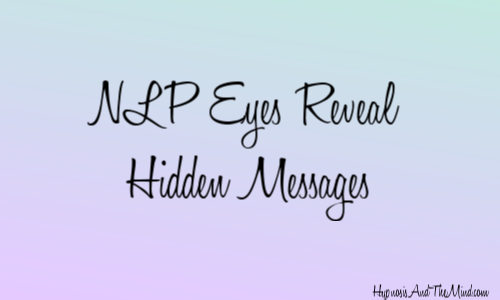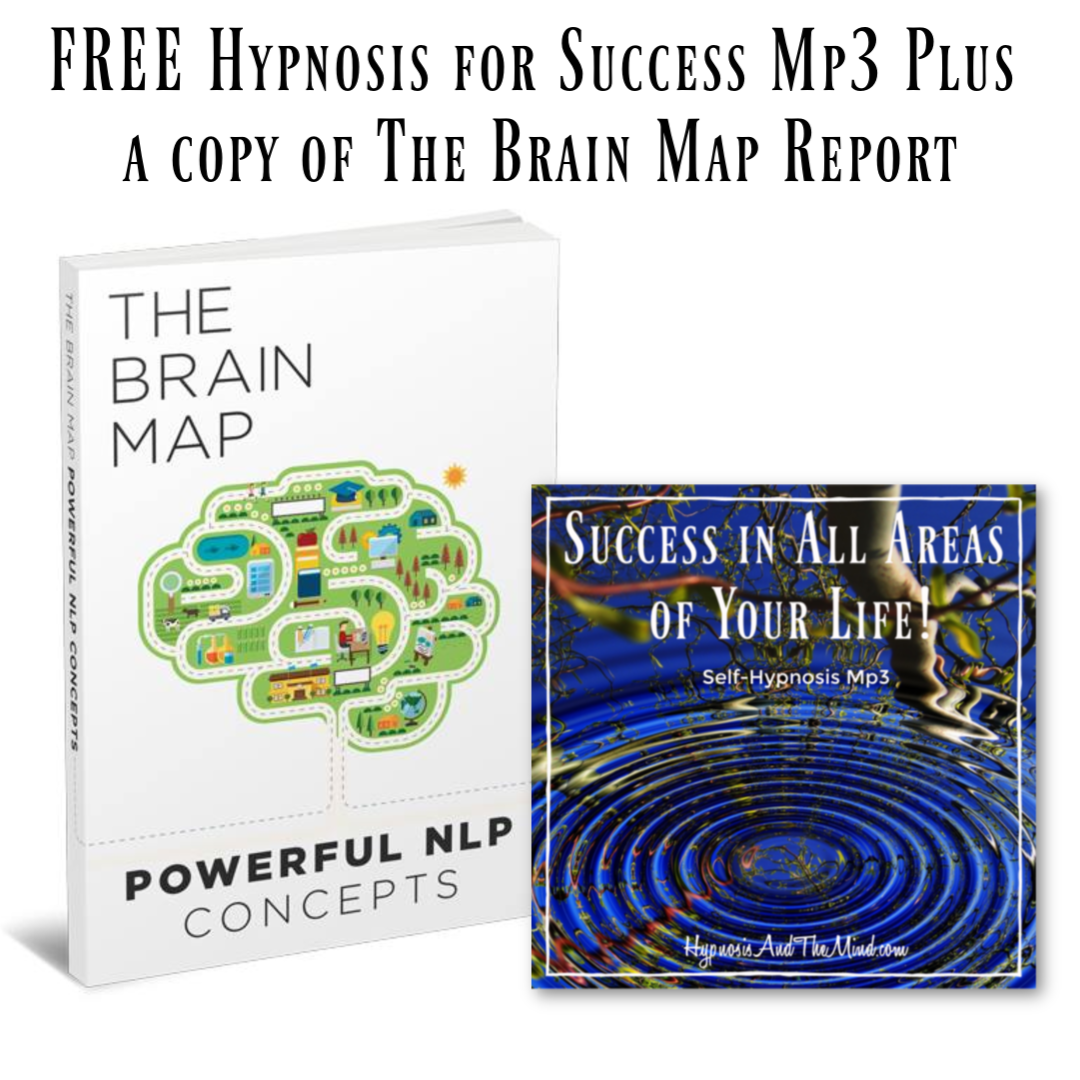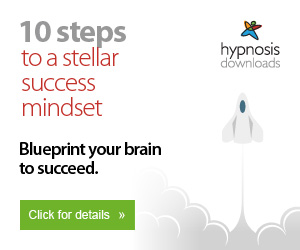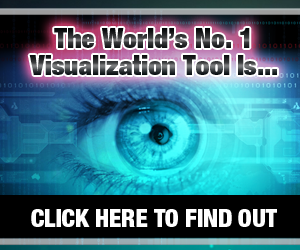
NLP eyes describes an unusual connection between eye movement and its relation to the part of the mind that processes information. At any given moment you could be remembering a stored image or you may be creating an invented image that you haven’t yet experienced. Your eyes are the window to more than you realize. Your eyes reveal important information about what is going on in your brain. They express whether you are remembering something or creating a something new.
NLP eyes are accessing cues that allow you to be more aware of how people around you are representing their world. When you understand what the cues mean you can use that information to communicate more efficiently. You will gain insight into what is going on inside their mind.
So what are these cues? Most people look left for things remembered and right for construction (creating something new.) These are generalizations but appear to be consistent for the majority of the population who are “normally organized.” Some people may be opposite and look right for remembered and left for constructed. The cues are often reversed due to handedness (left handed.) You can test someone by asking them to remember an image that you both are familiar with, but one they have to think about to remember. As they are describing the image notice which way they look to access the information.
NLP eyes have patterns for visual, auditory, and kinesthetic cues. For visually remembered events people look up and to the left, for visually constructed they look up and to the right. People remembering auditory analog (tones, tempo, pitch) will look sideways to the left and will look to the right for auditory constructed. People will look down and to the left for auditory digital (internal self talk) and down and to the right for kinesthetic (tactile or feelings.) Some people may stay focused directly ahead and their pupils may dilate rather than looking in a different direction. This usually indicates accessing information visually.
So as you can see NLP eyes not only gives you clues as to whether the person is remembering something or constructing something new but it also indicates whether a person is thinking in images, sounds, self talk, or through their feelings. Having this information enables us to communicate in a way that more effectively matches their current thinking style.
There are many practical applications of the insights resulting from using NLP eyes. Listed below are just a few of the many uses.
Application 1 – Know when to quit talking and when to listen.
If you talk while a person is making eye movements you will interrupt their thinking and this will interfere with their thinking process and you won’t be able to read their eye cues. While they are accessing just wait patiently and pay attention to their cues.
Application 2 – How to meet other people’s needs
Let’s say you are trying to sell someone something……
When talking with that person you realize through NLP eye accessing cues that the person is visual because their eyes will look up to either the right or left. They will like to think in images and will give you more attention if you use visual aids.
If they look down and to the left then their NLP eyes indicate they do a lot of self-talking. They want just the facts and figures and are not influenced by emotions. They will expect you to be able to support your facts with well-researched data and they like visuals such as graphs and bar charts. They will want to be able to interrupt you with questions, sometimes quite frequently.
If they look down and to the right then their eye accessing indicates that they are highly kinesthetic (tactile and use feelings). They want to be actively involved. So give them things to touch or thumb through. If possible have a sample that they can use to experience it on their own.
Application 3 – Use your language to match their cues
If, for example, the person you are talking to appears to be primarily thinking in pictures it’s not very constructive to ask how they ‘feel’ about your idea, or how things ‘sound’ to them. They will respond much better if you ask them how it ‘looks’ to them. Match the eye accessing of highly kinesthetic, auditory, or self-talk-oriented people with language that fits their cues.


 Unlock a powerful, persuasive, positive, passionate, attractive, and wealthier new you with the Hypnosis for Success Mp3 and Brain Map!
Unlock a powerful, persuasive, positive, passionate, attractive, and wealthier new you with the Hypnosis for Success Mp3 and Brain Map!








Leave a Comment